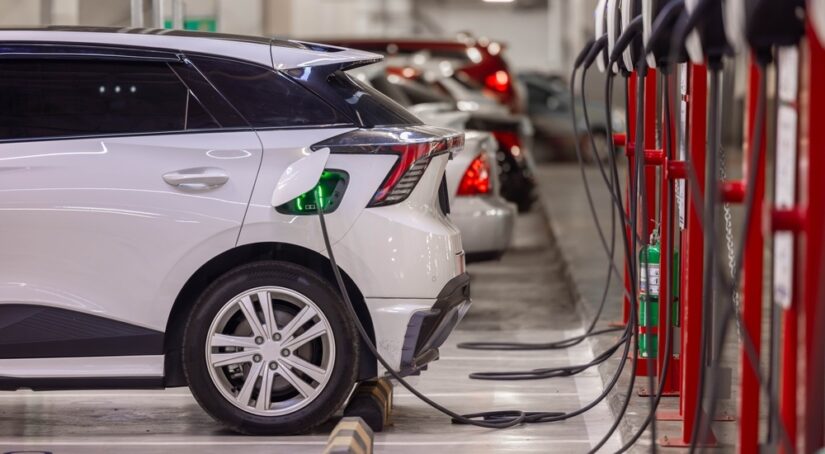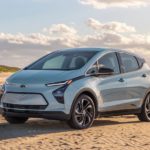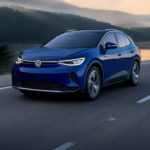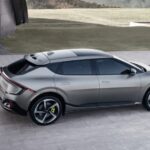Electric vehicles (EVs) and hybrids are two viable ways to reduce your fuel bill and carbon footprint—and they’re rising in popularity. In the first quarter of 2024, electrified vehicles of all types combined to account for 18% of total American light-duty vehicle sales, which is roughly a six-fold increase from the same period 10 years before. If you commute regularly for work, errands, and weekend trips, an EV or hybrid can be a great long-term investment.
Which should you buy, though? Each type of electrified vehicle has its advantages, and figuring out the answer involves asking several other questions. I’ll be tackling those questions below—including your commuting style, distance, and charging station availability––to help you determine what vehicle is appropriate.
What Type of Commuting Are You Doing?
The driving conditions play a significant role in what type of vehicle to drive. The most important consideration is whether your commute is predominantly stop-and-go downtown traffic or highway cruising. It’s common for an EV to be more efficient in city driving than highway driving. This is because it needs more power to overcome the effects of wind resistance at highway speeds. For example, the 2024 Tesla Model 3 gets an EPA-estimated 140 MPGe in the city and “only” 125 MPGe on the highway. This also means electric vehicles have less range on long highway drives, but we will dive deeper into range in a moment.
Conversely, since hybrid vehicles are still predominantly gasoline-powered, they fall more into the traditional model of having better highway fuel mileage where the engine can operate more efficiently. Technology such as regenerative braking, which converts and stores kinetic energy from slowing down, narrows but doesn’t eliminate this gap. You can see this with the 2024 Toyota Camry Hybrid, which gets an EPA-estimated 51 MPG in the city and 53 MPG on the highway (the gasoline version gets 28 MPG in the city and 39 MPG on the highway). The more free-flowing that traffic is, the more attractive a hybrid vehicle becomes.
How Far and Long Are You Traveling?
The distance of your daily commute is also a factor. The longer a commute is, the more often you need to refuel or recharge. The average American has a daily commute of 42 miles. If your driving is on the low end of this, you may be able to go days or even weeks between “fill-ups” for any vehicle, making it less important when deciding between a hybrid or EV.
If you have a longer commute, though, the frequency of charging or fueling becomes a factor. Using the vehicles we mentioned in the previous section, the base Tesla Model 3 has an EPA-estimated range of 272 miles, whereas the Toyota Camry Hybrid can go 686 miles. That means if you are driving 42 miles a day, you would need to recharge every six days vs refueling every 16 days. The time taken by the need to recharge more often may matter, especially if you need to use a public charging station.
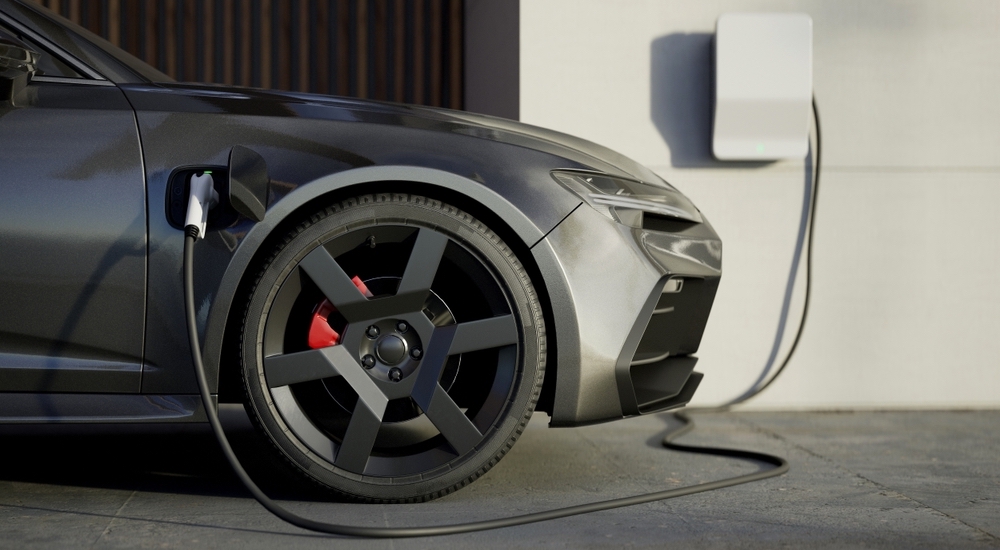
What Is Available for Charging and Refueling Infrastructure?
The next consideration is when and where you can “fuel up” when the time comes. Since hybrids still operate on gasoline, you seldom need to worry about finding a gas station. In fact, there are over 160,000 gas stations in the United States. I grew up in a town of approximately 8,000 people, and there are 10 gas stations within two miles of the town center. Unless you live and work in the most remote of areas, there’s always gas nearby.
EV charging is less clear-cut. If you have the money to install an EV charger at home, this question is academic for everyday commuters. Without it, though, you’re dependent on what’s available for public and private charging stations on the way to your destination. While charging infrastructure has expanded greatly in recent years, it still lags behind gas stations with around 60,000 charging stations.
Furthermore, EV charging stations are concentrated in high-population areas, with smaller states and towns trying to catch up. For instance, Los Angeles, CA, has over 4,000 charging ports. Conversely, the entire state of North Dakota has fewer than 100 charging ports. Even if you have a home charger, you should confirm there is at least one charging station on or close to your regular route since you never know when emergency charging needs will pop up.
That’s before we discuss charging time. Even the fastest Level 3 DC Fast Chargers can take half an hour to charge an EV battery from 20% to 80% capacity. With Level 2 chargers, you typically must leave the vehicle connected overnight, and Level 1 chargers take days to charge a vehicle. Compare that to a hybrid vehicle that you can fill up in five minutes. The bottom line is that without the convenience of plugging in your EV at home, it takes a lot of time out of your day to charge them up, and it’s something you must account for.
What Is Your Budget?
Finally, think about how much money you can spend on a vehicle. Both hybrid and electric vehicles typically have a higher initial cost than gas-only options, though the gap can vary widely. The starting MSRP for the 2024 Toyota Camry Hybrid is only about $2,400 more than the regular Camry; the 2024 Honda Accord Hybrid, on the other hand, is roughly $4,300 more than the gas-powered Honda Accord.
An EV tends to be pricey no matter how you slice it, with the 2024 Tesla Model 3 starting at $38,990 versus the $28,855 of the Toyota Camry Hybrid. Some EVs have extended-range batteries that help you drive farther—but they will cost more and take longer to charge. If you want to install a Level 2 charger at your home, it can also add $1,000 or more to the price, depending on your home’s electrical service and layout.
There are two pieces of good news for EV owners. The first is that they cost less to operate. The EPA estimates that a Camry Hybrid costs approximately $1.66 to drive 25 miles, while a Tesla Model 3 only costs 95¢ to cover the same distance. So you will get some of your investment back in the long run. The second is that there are a variety of federal, state, and local incentives to purchase new EVs. For starters, certain vehicles and income levels are eligible for up to a $7,500 federal clean vehicle tax credit that will help offset the cost.
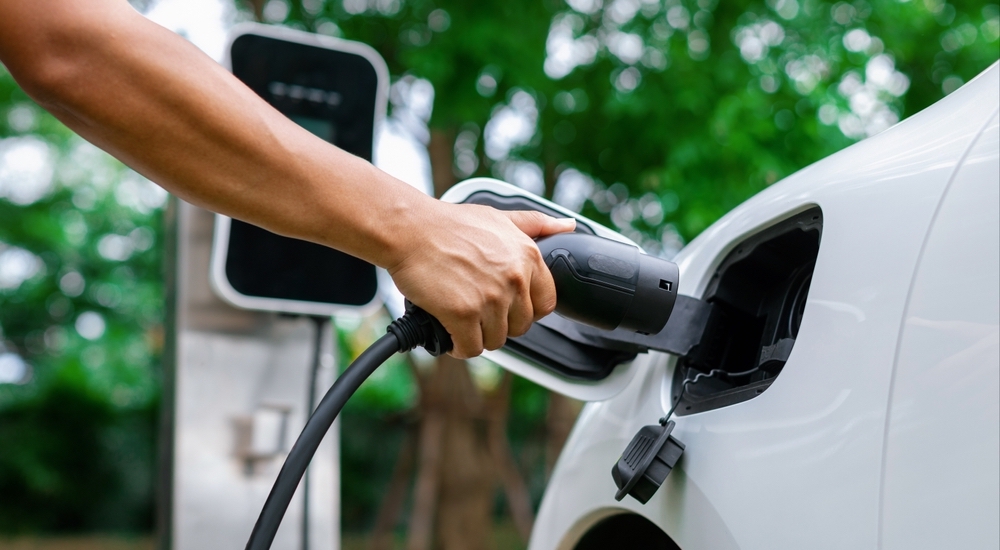
Which Vehicle Should You Choose?
Although there is no one-size-fits-all answer, there are several guidelines to influence your decision. I recommend leaning towards hybrid vehicles if you drive more on the highway, travel longer distances, live and work in a more remote area, or have a lower budget for a vehicle purchase. Anyone who drives more in town, has a shorter commute, lives in a metropolis, or has a higher car-buying budget should be inclined to get an EV. By choosing the type of electrified vehicle that is best for commuting in your unique situation, you will have the maximum impact on the environment and your wallet.
